ARTS AND CULTURE INFORMATION GATEWAY
Immerse yourself in the colorful world of art and culture! From traditional heritage to contemporary works, discover uniqueness that reflects the nation's identity and identity
TARIAN KIPAS BESAR
Picture
0
Video
Available
Today's Visitor
18
Number of Visitors
552
Introduction and history
The Kipas Besar Dance is a unique traditional dance originating from Kedah, reflecting the elegance of Malay art and culture. This dance is believed to have developed during the era of the Kedah Sultanate as a form of palace entertainment and a symbol of the opulence of local culture. The uniqueness of the Kipas Besar Dance lies in the use of large fans as the main prop, manipulated with graceful and coordinated movements to depict the beauty of nature and the politeness of Malay culture. The dance is often accompanied by traditional music, such as gamelan or other instruments like drums (gendang) and the flute (serunai), adding an elegant ambiance to the performance.
Historically, this dance was closely associated with royal ceremonies and formal events but has since been introduced to the public through cultural festivals and tourism programs in Kedah. The movements of the Kipas Besar Dance are inspired by the art of Malay self-defense (pencak silat). It is exclusively performed by women, with its uniqueness highlighted by the use of large fans and long shawls as the main props.
The Kipas Besar Dance is one of Kedah's unique traditional dances, showcasing the beauty of its movements through the use of large fans as the main performance element. This dance is often performed at cultural ceremonies, official celebrations, and religious events, making it an important medium for conveying traditional values and the aesthetics of Malay culture.
The primary function of the Kipas Besar Dance is as an educational form of entertainment, with its movements portraying the harmony and refinement of Malay customs. Furthermore, it serves as a symbol of respect for guests at an event, with fan movements symbolizing hospitality and sincerity.
From a spiritual perspective, the Kipas Besar Dance is often used in traditional customs and ceremonies as a symbol of blessing and prayers for well-being. The use of beautifully decorated large fans also symbolizes fertility and the richness of Kedah's culture.
The costumes and accessories of the Kipas Besar Dance, one of Kedah’s traditional dances, play an important role in enhancing the performance and conveying cultural and aesthetic values. The dancers typically wear baju kurung moden or long kebaya adorned with floral embroidery, beads, or sequins, reflecting the intricacy of Malay textile art. Brightly colored songket sarongs with traditional patterns are often paired to add a touch of luxury to the attire. The chosen colors, such as red, yellow, and green, symbolize the vibrancy and grandeur of local culture.
The primary accessory in this dance is the large fan made of fabric or feathers, decorated with colorful patterns. The fan is not only used as a prop in the dance but also as a dramatic element that highlights the dancers' hand movements, synchronized with the rhythm of the music. Dancers also wear additional accessories such as hairpins (cucuk sanggul), brooches (kerongsang), and bracelets, completing their appearance.
The Kipas Besar Dance, as one of Kedah’s unique traditional performances, prominently features the use of props and accessories, particularly the large fan that serves as the focal element of the performance. These fans are often adorned with floral designs or traditional Malay motifs, symbolizing the beauty of nature and the cultural values of Kedah society.
In addition to the fans, dancers wear accessories such as hairpins, bracelets, necklaces, and small crowns that complement their traditional attire. These accessories not only enhance the visual appeal of the performance but also emphasize the dancers' hand and body movements as they gracefully wield the large fans.
The use of large fans in this dance is not merely a prop but also a medium for artistic expression through gentle and symbolic movements. Each fan's flutter conveys harmony and balance, aligning with the natural themes often highlighted in Kedah’s traditional arts.
The Kipas Besar Dance, originating from Kedah, stands out for its graceful movements and the use of large fans as the main element of the performance. The dance is typically presented at official events or cultural ceremonies, with dancers dressed in traditional Malay attire adorned with bright colors and floral motifs.
The performance combines gentle hand movements, coordinated footwork, and fan manipulation to create captivating visual patterns. The large fans are used not only as accessories but also as symbols of elegance and the refinement of Kedah’s Malay art.
In each performance, the dancers move in harmony with traditional music, typically played with instruments like the lute (gambus), frame drum (rebana), and flute (seruling). The dance often begins with slow, rhythmic movements and gradually builds to a climax with more dynamic actions, reflecting an emotional journey deeply embedded in the culture of Kedah’s Malay society.
-
Reference Source
-
Location
State JKKN Contact Information
Encik Mohammad Salleh bin Mahmud
Cultural Officer
Jabatan Kebudayaan dan Kesenian Negara, Kedah
Kompleks JKKN Kedah
Lot PTD 400, Pumpong
05250 Alor Setar
KEDAH DARUL AMAN
011-10899646








